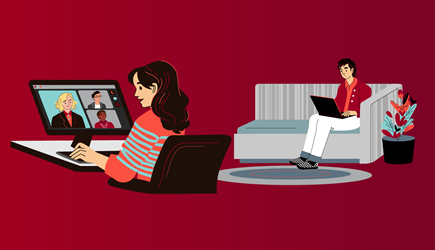Living well in public residential aged care
Public sector residential aged care facilities play an important role in supporting access to care and services for vulnerable Victorians who:
- have complex support needs
- are experiencing socioeconomic disadvantage
- live where there are no other alternatives.
These services aim to promote resident independence, choice and dignity to support their health, wellbeing and quality of life.
By focusing on the needs of residents in public aged care, we can create a supportive environment that enhances wellness and promotes independence.
We’re building and upgrading public sector residential aged care services across Victoria, using supportive design and resident insights to improve wellbeing.
Sally Delany, Manager Design Services at the Victorian Health Building Authority (VHBA), explains the thinking behind design choices.
Sally Delany, Manager Design Services, VHBA‘We can use colours and shapes to encourage natural movements throughout the building and into outdoor areas. If it is simple and intuitive to get around, residents are more independent – avoiding confusion and anxiety.’
Sally says that designing with different needs in mind benefits all residents.
‘It is well documented that connection to nature in built form enhances the environment and our experience of wellness. This is an important consideration for all staff, visitors and particularly residents.
‘By applying principles that support residents with dementia, for example avoiding busy patterns that can cause confusion, we can help residents with a range of needs. It also allows for residents to stay in the same room even if their needs change over time.’
A calming environment is not just good for residents, it’s good for everyone. Sally has visited facilities after they’ve opened to see how the design is working in practice.
Speaking to residents, staff and visitors at some of our residential facilities we have recently built and upgraded, supportive features include:
- choosing which spaces they want to be in, and level of involvement with others
- personalising and being in control of their own environment.
‘Residents can adjust heating and lighting. They can choose to pop outside or to the kitchen to make a cup of tea. These are the activities of daily living that you may do in your own home.
‘It is important people have that autonomy and feel safe in a space that feels like home,’ adds Sally.
Murrenda (the $81.58 million new Wantirna residential aged care facility) supports care for a range of complex needs including mobility and dementia. Memory boxes with personal items at the entrance of each room add a homelike and comforting touch.
Creating a homelike environment
Our person-centred design approach ensures our facilities create a homelike environment providing choice and independence alongside familiarity and comfort.
This supports residents to have ongoing meaningful engagement in life in a place where they feel comfortable.
Richard Blight is a Director at Blight, Blight & Blight – the architecture firm who designed the $3.2 million dementia-friendly unit at Creswick Nursing Home. Richard explains how their team engages with residents as part of the design process.
Richard Blight, Director Blight, Blight & Blight‘We run art therapy programs which are a way of workshopping with residents to figure out what they think home is. We run these workshops with a sheet of paper that has a drawing of a house on it – and we ask them through the process of collage to stick pictures down of what they think home means to them.’
When building or refurbishing a public residential aged care facility, we implement design strategies to create a homelike environment, including:
- floorplans modelled on a small household
- private bedrooms with ensuites that can be personalised
- easy access to outdoor areas
- a diverse range of common areas.
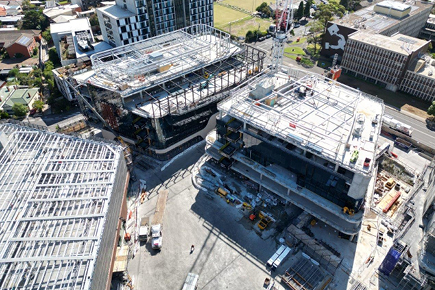
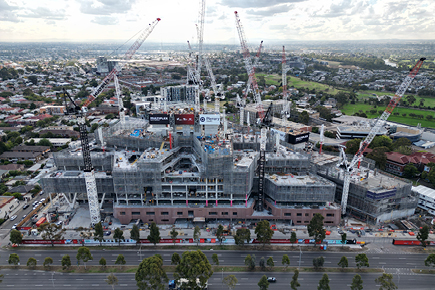

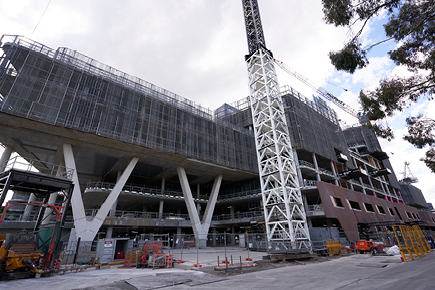
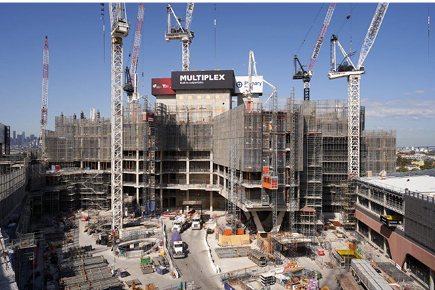
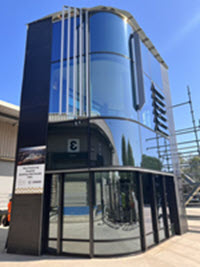 Visual mock-ups form important part of design process
Visual mock-ups form important part of design process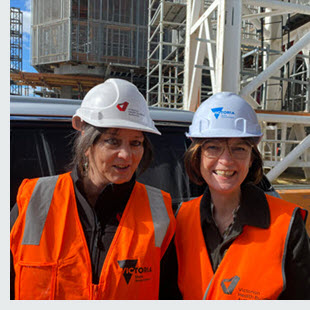 What’s your role on the project?
What’s your role on the project?
 In celebration of International Women’s Day, the Connectivity Centre partnered with the gforce apprenticeships team to host an interactive try-a-trade and networking morning.
In celebration of International Women’s Day, the Connectivity Centre partnered with the gforce apprenticeships team to host an interactive try-a-trade and networking morning.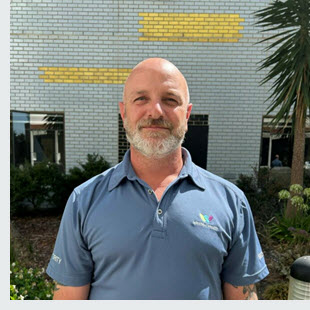 People are often surprised when security coordinator Peter Medancic talks about the most important tool in his trade.
People are often surprised when security coordinator Peter Medancic talks about the most important tool in his trade.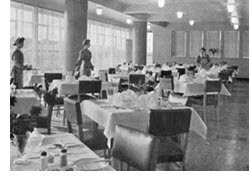 Footscray Hospital medical staff ate their daily meals in a formal dining area until the 1970s. Staff were in two separate dining rooms, one for doctors and the other for nurses and medical staff.
Footscray Hospital medical staff ate their daily meals in a formal dining area until the 1970s. Staff were in two separate dining rooms, one for doctors and the other for nurses and medical staff.
